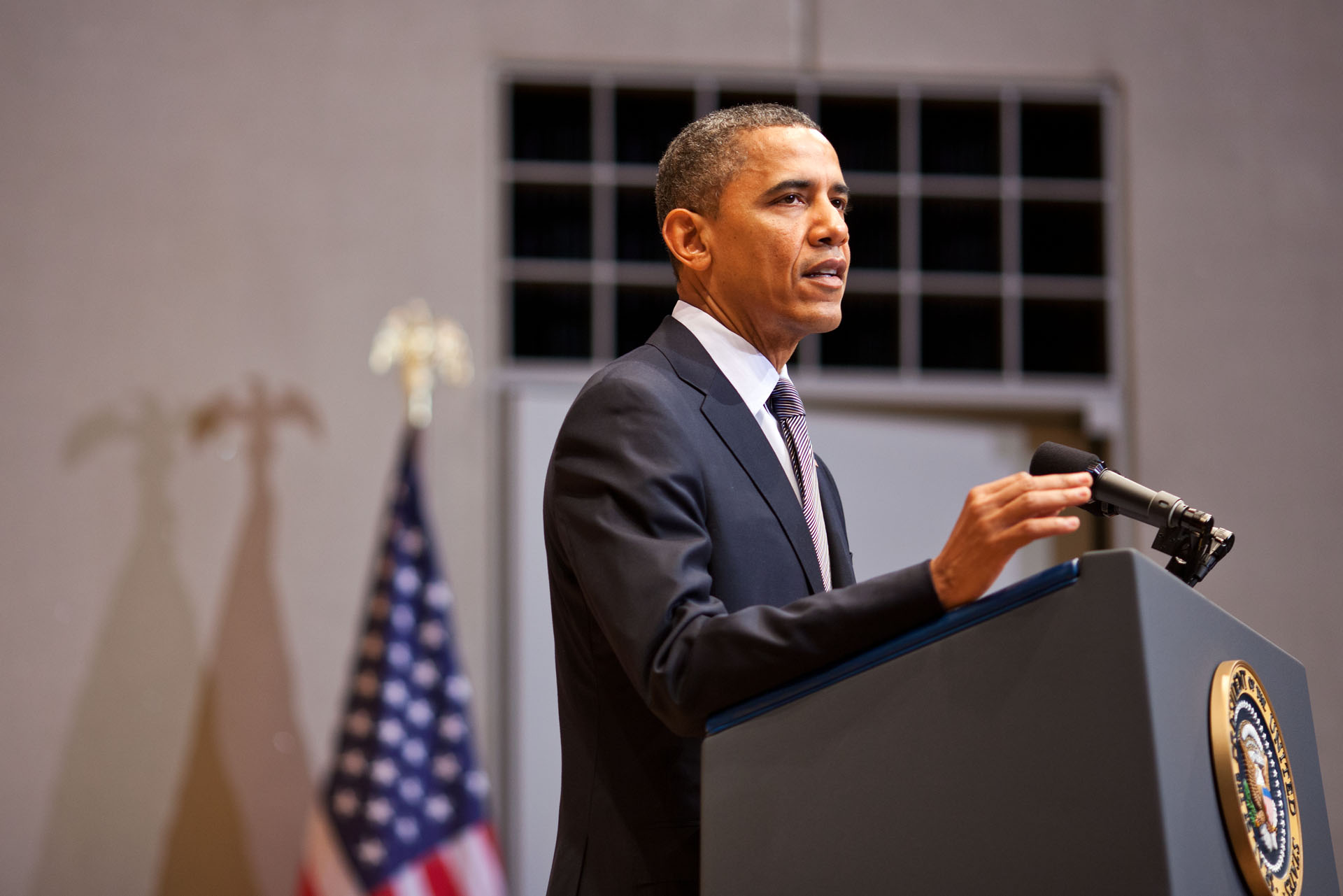
On April 23 of last year, President Obama visited the Holocaust Museum, and unveiled a comprehensive strategy to prevent mass atrocities.
In his remarks at the Museum, the President reflected on places where the United States’ efforts had helped prevent or mitigate surges of violence – and had saved innocent lives. He spoke of our efforts surrounding the South Sudan independence referendum, the measures we had taken to counter the Lord’s Resistance army in Central Africa, and the coalition that we and our allies formed to protect the people of Benghazi.
The President also noted that for every success we have in preventing and stemming violence, there will always be more work to be done. And he made clear that, for all the challenges we will face, we must continue to do what we can. We must strive for a future where there is a “place for dignity for every human being,” and make this, “the work of our nation and all nations. “
One year later, the U.S. Government has done much to keep faith with this commitment. At the President’s direction, we have stood up an interagency Atrocities Prevention Board, which monitors emerging threats, focuses U.S. Government efforts, and develops new tools and capabilities. In January 2013, the President signed expanded war crimes rewards legislation, giving the State Department a new tool to promote accountability for the worst crimes known to humankind. Earlier this month, the United States supported the U.N. General Assembly’s adoption of an Arms Trade Treaty with robust safeguards against export of weapons for use in genocide, crimes against humanity, and other enumerated atrocities.
In order to make the U.S. Government more effective at preventing and responding to mass atrocities, the military has developed new doctrine, multiple agencies have made new training commitments, the U.S. Agency for International Development has launched a new “Tech Challenge,” and the intelligence community is working on a new National Intelligence Estimate.
A new fact sheet describes these efforts in greater detail, and gives a sense of all the different parts of the world where the protection of civilians has been central to our foreign policy efforts over the past year. And, recognizing that new tools and new policies are hardly a panacea, it also describes challenges with which we continue to wrestle—notably, of course, in Syria, where we have seen a level of brutality that is shocking. President Obama spoke yesterday about our efforts to try to bring about a solution and protect the Syrian people.
The horrific violence in Syria only underscores the urgency and importance of atrocity prevention. And we know that it is not a task that we will be facing alone. As in the past, we will be joined, supported, and inspired by the advocates and non-governmental organizations and grass roots groups who have given so much of their energy, talent, vision, and commitment in the service of preventing atrocities. Their work is indispensable to our efforts, and we will rely on the continuation of this close and fruitful partnership as we face the challenges that lie ahead.
Learn more:


